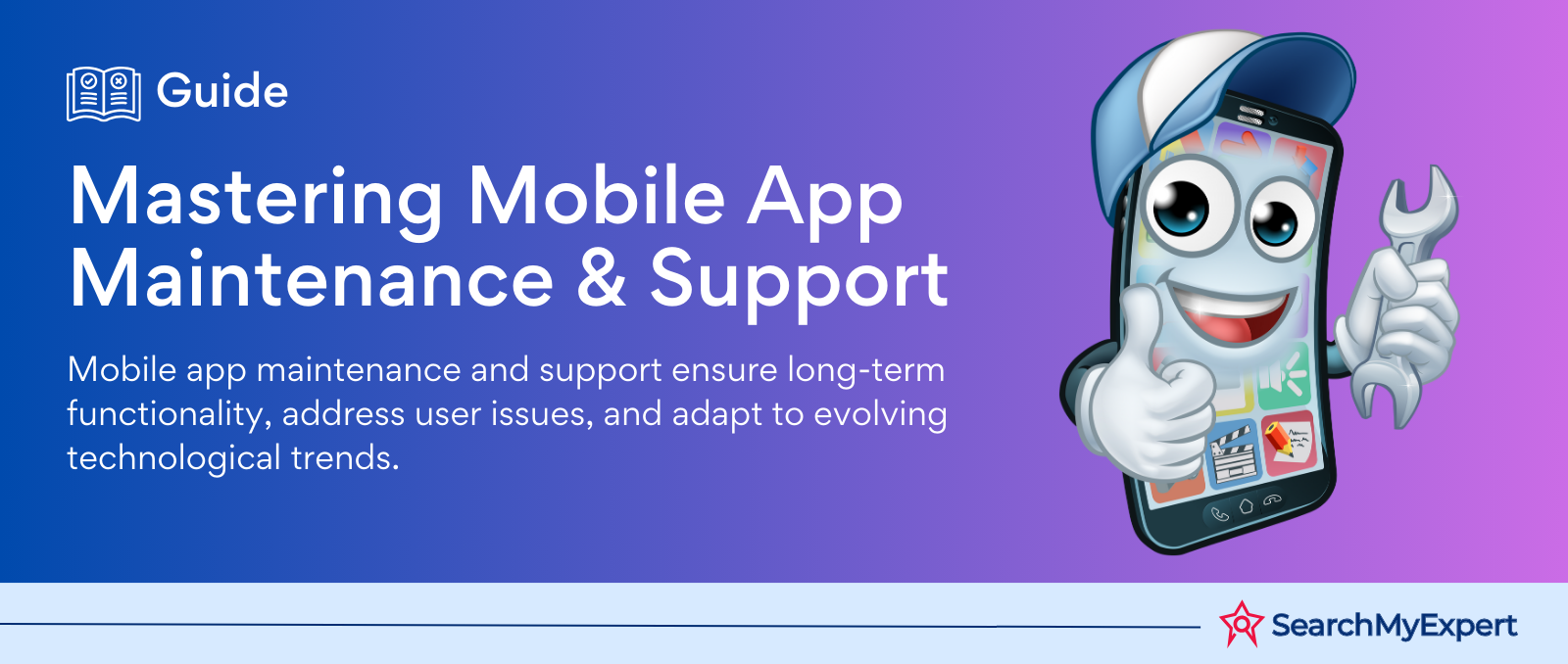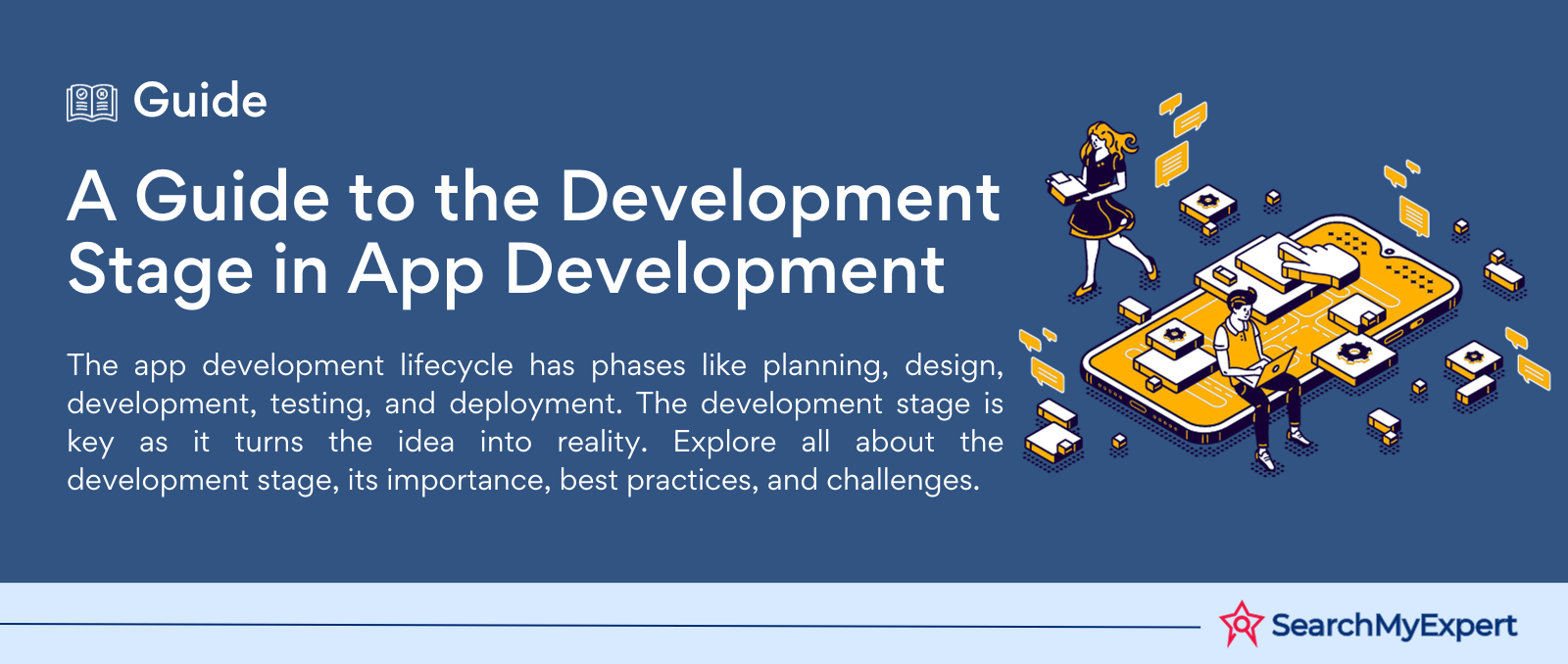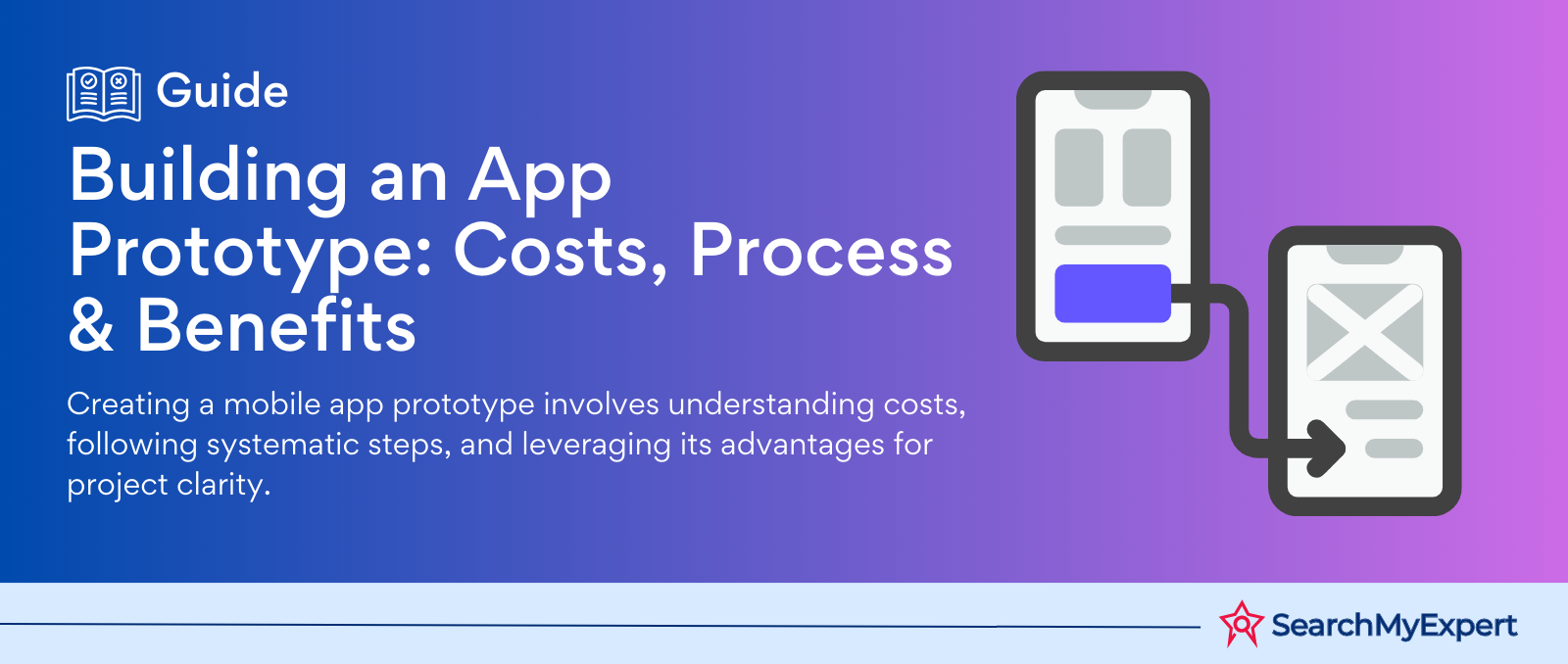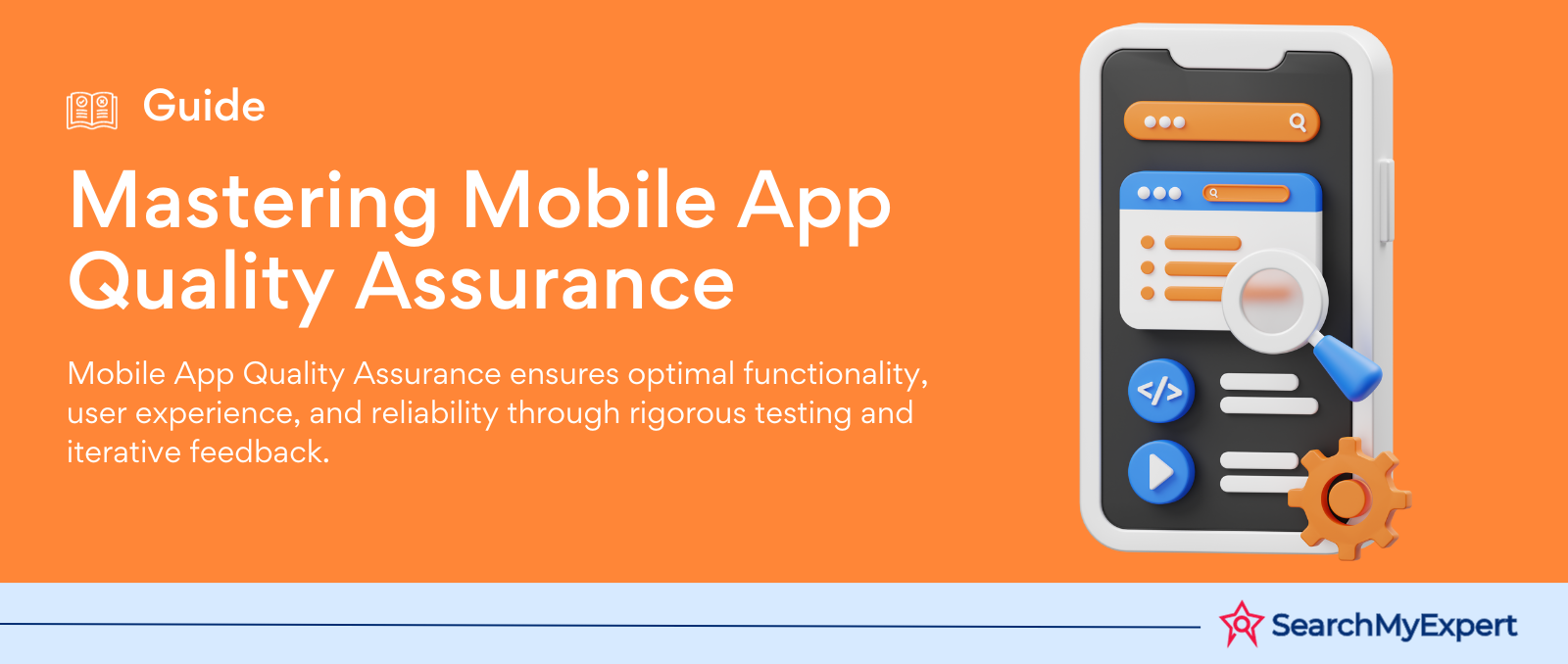Comprehending Game Testing: Guaranteeing Excellence in Game Creation
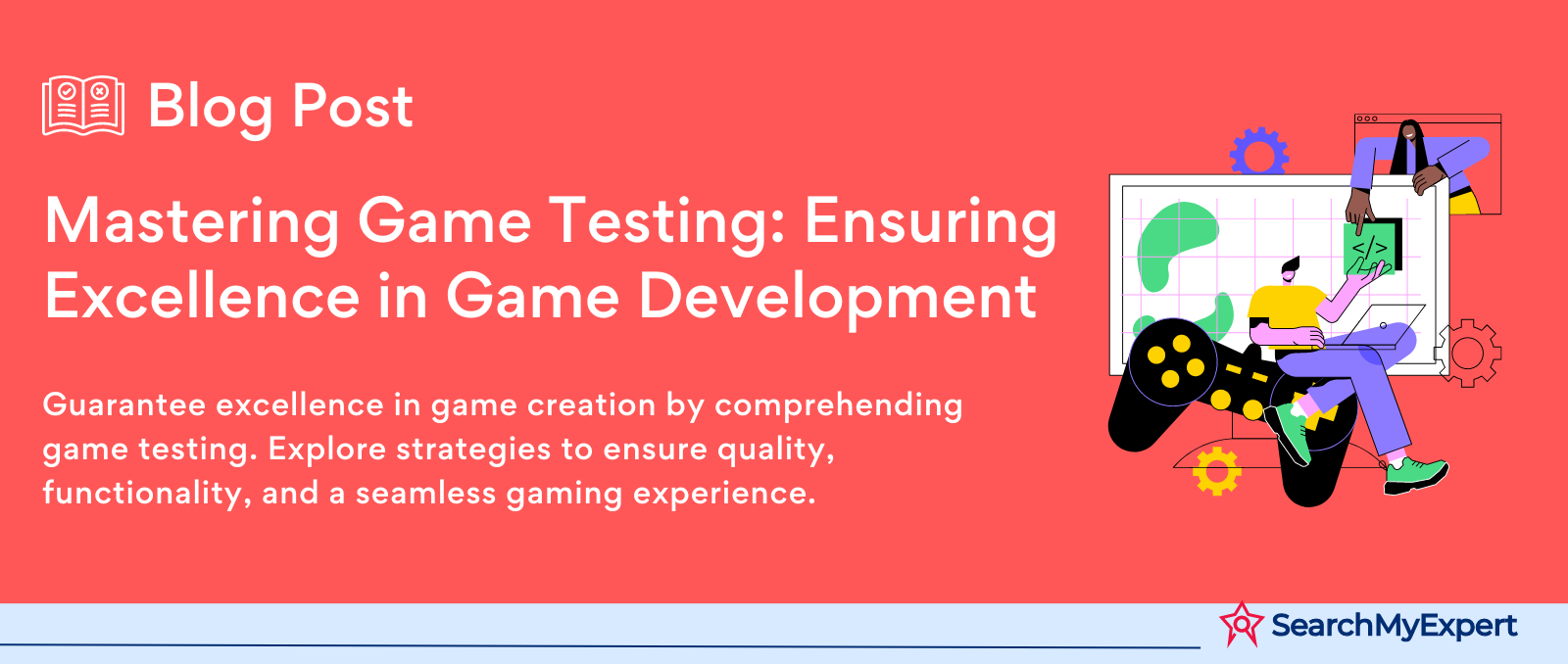
Game Testing and Quality Assurance in Game Development
The Crucial Role of Testing and QA in Crafting Impeccable Gaming Experiences
Game development is a complex, multi-faceted process, where creativity meets technology. At its core lies the critical duo: Game Testing and Quality Assurance (QA). These are not just steps in the development cycle; they are the guardians of gamer satisfaction and product success.
A Peek into Game Testing and QA
What Is Game Testing?
Game testing is the Sherlock Holmes of the gaming world. It's a meticulous investigation into every corner of a game. Testers dive into gameplay, seeking bugs and glitches like hidden treasures, ensuring every level plays out as intended.
The Essence of Quality Assurance
Quality Assurance, or QA, is the strategist, overseeing the entire game development process. QA teams focus on maintaining standards, ensuring each game element aligns with the overall vision and quality benchmarks.
Why Are They Important?
- Guardians of Gameplay: They ensure the game works flawlessly, providing a smooth, engaging experience for players.
- Detectives of Defects: From minor glitches to game-breaking bugs, testing and QA leave no stone unturned.
- Ambassadors of User Experience: They advocate for the player, guaranteeing the game delivers joy, challenge, and excitement.
- Pillars of Reputation: A bug-free, high-quality game enhances the developer's reputation, fueling further success.
Goals of Game Testing and QA
Unveiling the Objectives Behind the Scenes
Game Testing and Quality Assurance (QA) in the realm of game development are akin to the intricate art of fine-tuning a masterpiece. Their goals are as diverse as they are critical, ensuring that the end product is not just playable, but a beacon of excellence in an ocean of games.
The Key Goals
Identifying and Fixing Bugs
The primary aim is to hunt down bugs - those pesky glitches that can range from minor annoyances to major game-breakers. Fixing these ensures a seamless gaming experience.
Ensuring Game Stability and Performance
Games must run smoothly across various platforms and systems. Stability and performance testing checks for crashes, lags, and other performance issues.
Enhancing User Experience
This is all about the 'feel' of the game. Does it engage? Is it enjoyable? Testing and QA fine-tuning the game to ensure it resonates with its audience.
Compliance and Compatibility
Games need to comply with platform standards and work across different hardware setups. QA ensures these technical compatibilities are met.
Continuous Improvement
Post-launch, the journey continues. Feedback and updates keep the game relevant and enjoyable, maintaining a high-quality gaming experience.
Types of Game Testing in Game Development
The Spectrum of Testing for Crafting Exemplary Games
In the intricate world of game development, Game Testing isn't a one-size-fits-all affair. It's a multifaceted discipline, each facet targeting a specific aspect of the game. Let's dive into the main types of game testing:
Functionality Testing
- The Detective Work: It's all about ensuring every feature works as intended. Functionality testing checks game mechanics, level progression, and other core aspects for bugs and glitches.
Performance Testing
- The Speed Test: This testing focuses on how the game performs under stress. It checks for frame rate issues, loading times, and overall stability, especially under high-load conditions.
Compatibility Testing
- The Universal Fit: Games need to run smoothly on different devices and platforms. Compatibility testing ensures the game works across various hardware and software environments.
Usability Testing
- Player-Focused: Here, the focus is on the player's experience. Usability testing assesses the game's interface, controls, and overall ease of use, ensuring it's intuitive and player-friendly.
Localization Testing
- Global Appeal: This type involves adapting the game for different regions, including language translation, cultural nuances, and regional compliance. It ensures the game resonates with players worldwide.
QA Processes and Methodologies in Game Development
Navigating the Complex Maze of Quality Assurance
Quality Assurance (QA) in game development is a strategic, systematic process. It's not just about finding bugs; it's about ensuring every aspect of the game meets the highest standards of quality. Let's explore the key QA processes and methodologies that make this possible.
Test Plan Creation
- The Blueprint of QA: Crafting a test plan is like drawing a map. It outlines the scope, approach, resources, and schedule of the testing activities. This document becomes the guiding light for the QA team, ensuring comprehensive coverage of all game aspects.
Test Case Execution
- The Action Phase: Here, the QA team executes the test cases outlined in the plan. This involves playing the game in numerous ways, checking for functionality, compatibility, usability, and other quality aspects.
Bug Reporting
- The Art of Communication: When testers find bugs, they don't just note them down; they report them meticulously. Good bug reporting includes steps to reproduce the bug, severity level, and potential impact on the game, aiding developers in prompt and effective fixing.
Regression Testing
- Ensuring Consistency: Whenever a bug is fixed or a new feature is added, regression testing is conducted. This ensures that the new changes haven't adversely affected the existing functionality of the game.
Continuous Integration and Testing
- Keeping the Game in Check: In modern game development, QA is integrated into the development cycle. Continuous testing ensures that as new code is integrated, it is tested immediately, maintaining a constant quality check.
Performance and Load Testing
- The Stress Test: These tests simulate high-load scenarios to check how the game performs under stress. It's crucial for multiplayer and online games, where server performance is key.
Compliance Testing
- Meeting the Standards: This ensures the game complies with various standards, including platform-specific requirements, age ratings, and regional regulations.
User Acceptance Testing (UAT)
- The Final Verdict: Towards the end of the QA process, UAT is conducted with real users. Their feedback is crucial in determining if the game is ready for launch.
Tools and Techniques for Game Testing
The Arsenal for Ensuring Game Perfection
In the world of game testing, the right tools and techniques are like the weapons in a gamer's arsenal – essential for conquering the challenges of game development. Here’s a glimpse into some of these vital assets:
Game Debuggers
- The Bug Hunters: Debuggers are essential in identifying and resolving coding errors. They allow testers to dive into the game's code and pinpoint the exact location of a bug.
Automation Tools
- Efficiency Enhancers: These tools automate repetitive tasks in testing, saving time and ensuring consistency. They're especially useful for regression and performance testing.
Bug Tracking Systems
- The Organizers: Once a bug is identified, it needs to be tracked and managed. Bug tracking systems help in organizing, prioritizing, and monitoring the progress of bug fixing.
Version Control Systems
- The Collaborative Backbone: In game development, numerous people work on the same code. Version control systems manage these changes, ensuring smooth collaboration and preventing code conflicts.
Performance Monitoring Tools
- The Watchful Eyes: These tools monitor the game’s performance, providing real-time feedback on issues like frame rate drops, memory leaks, and CPU usage.
Compatibility Testing Tools
- The Universal Check: These tools test the game on various devices and operating systems, ensuring the game runs smoothly across different platforms.
User Experience (UX) Testing Tools
- The Player's Perspective: UX tools help in analyzing how players interact with the game, providing insights into the usability and overall experience.
Challenges and Best Practices in Game Testing
Navigating the Hurdles to Achieve Gaming Excellence
Game testing, though critical to the development process, is laden with challenges. Identifying these hurdles and adopting best practices is key to overcoming them.
The Challenges
Tight Deadlines
- The Race Against Time: In the fast-paced world of game development, tight deadlines are a constant. Balancing thorough testing within these time constraints is a daunting task.
Complex Game Mechanics
- The Intricacy Issue: Modern games are complex, with intricate mechanics and advanced features. Testing such complexities thoroughly is a challenging feat.
Volume of Test Cases
- The Overwhelming Load: The sheer number of test cases, especially for large-scale games, can be overwhelming, making comprehensive testing a Herculean task.
Best Practices for Overcoming These Challenges
- Prioritize and Plan: Effective prioritization and detailed planning are crucial. Focus on critical test areas and create a structured approach to tackle them systematically.
- Automate Where Possible: Implementing automation for repetitive and time-consuming tasks can save valuable time and reduce human error.
- Team Collaboration and Communication: Encouraging open communication and collaboration within the team helps in sharing knowledge and tackling complex issues more effectively.
- Continuous Testing and Integration: Adopting continuous testing and integration practices ensures issues are identified and addressed early in the development cycle.
By adopting these best practices, game testing can navigate these challenges, ensuring the delivery of high-quality, engaging games.
The Future of Game Testing and QA
A Glimpse into Tomorrow's Testing Landscape
The future of game testing and QA is poised for exciting developments, driven by technological advancements and evolving industry needs.
Future Trends
Increased Automation
- The Efficiency Revolution: Automation in game testing is expected to rise, handling repetitive tasks and allowing human testers to focus on more complex issues.
AI-Powered Testing
- The Smart Approach: Artificial Intelligence in testing can revolutionize bug detection and prediction, leading to more efficient and effective testing processes.
Cloud-Based Testing Solutions
- The Global Stage: Cloud-based testing allows for more scalable, flexible testing environments, accommodating the growing demands of modern game development.
Virtual Reality (VR) and Augmented Reality (AR) Testing
- The New Realities: With the rise of VR and AR games, testing will adapt to ensure these immersive experiences are as bug-free and engaging as traditional games.
User-Centric Testing Approaches
- The Voice of the Player: There will be a greater emphasis on user experience testing, ensuring games are not just technically sound but also align with player expectations and preferences.
Conclusion
As we journey through the intricacies of game testing and Quality Assurance (QA), it becomes evident that these processes are not mere checkpoints in game development. They are the backbone of creating immersive, engaging, and high-quality gaming experiences. From the meticulous planning of test cases to the adoption of cutting-edge tools and techniques, every step in game testing and QA is geared towards one goal – perfection.
In essence, game testing and QA are the unsung heroes of the gaming world. They ensure that when a player dives into a game, they are transported into a bug-free, captivating universe. It's a world where every detail has been scrutinized, every potential issue addressed, leaving nothing but pure, unadulterated gaming joy.
As we look forward, the evolution of game testing and QA promises even more robust and innovative ways to ensure the quality of games. It's a journey towards excellence, where the only limit is our imagination.
Collaborate with the best in the industry – Game Development Agencies.
share this page if you liked it 😊
Other Related Blogs

Mastering Docker for App Development: A Comprehensive Guide to Benefits, Use-Cases, and Alternatives
STAY UP TO DATE
GET PATH'S LATEST
Receive bi-weekly updates from the SME, and get a heads up on upcoming events.
Contact Us





